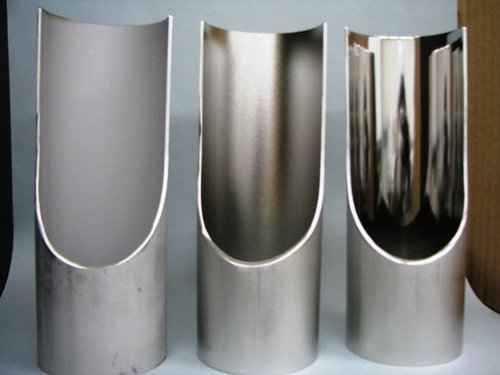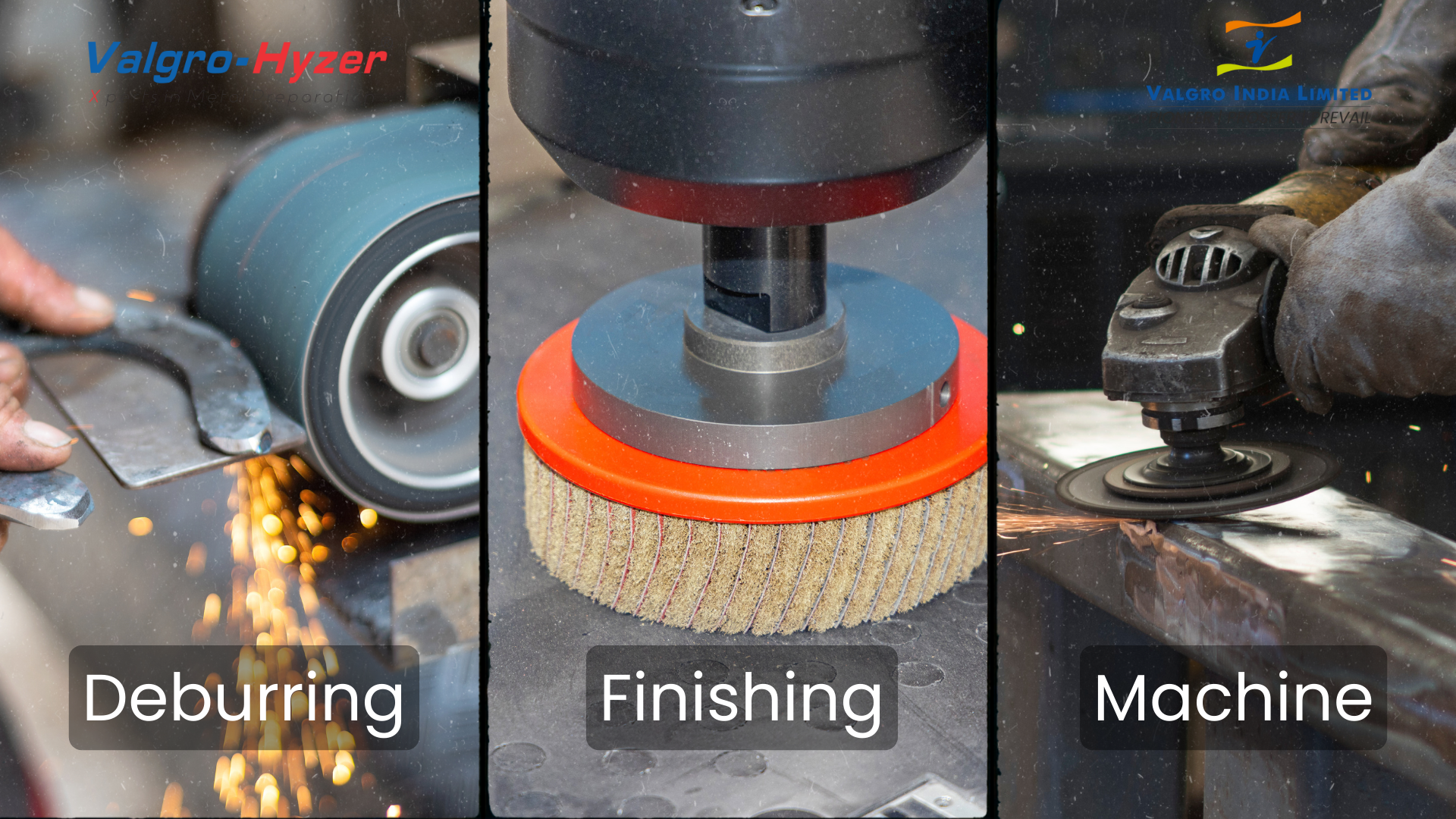
Electrochemical Polishing & Polishing machine technology
The field of polishing machine is getting more extensive with each passing day.
In the past, polishing was limited to most metals, but now it involves ceramics, glass, wood etc.
Electrochemical polishing is also known as electrolytic polishing. Its principle is similar to chemical polishing and produces smoothness by selectively dissolving tiny protrusions on the surface of parts. The workpiece is immersed in a prepared electrolyte solution. The workpiece is used as an anode and corrosion-resistant conductive material with good corrosion resistance is used as an auxiliary cathode.
Anode electrolysis occurs on the surface of the workpiece after Power “ON”.
According to the principle of tip discharge, the tiny protrusions on the surface of the workpiece dissolve. The dissolved product and the electrolyte on the surface of the workpiece forms a viscous thick film layer with high resistance. The dissolution rate is relatively slow and after a short period of electrolysis, the protruding parts are dissolved to flatten the concave parts, so that the surface roughness is reduced, and smoothness is achieved.
Electrochemical polishing can obtain different rough surfaces by controlling the intensity and time of the current. (i.e.) Rough, Fine polishing or Mirror polishing & hence is gaining wide acceptance & usage.
For More detail about the Polishing machine please visit www.valgro.co.in or mail us arvindpatel@valgroabrasives.com






